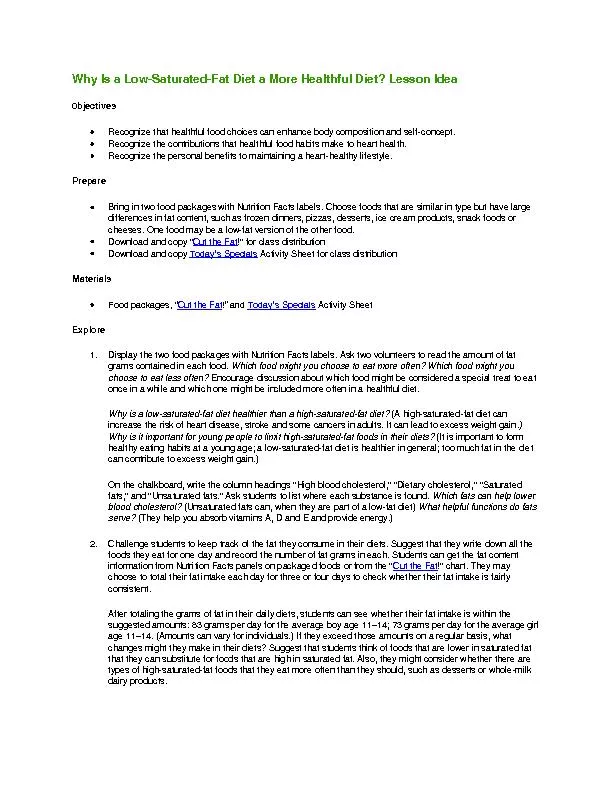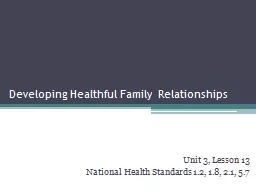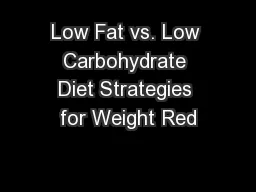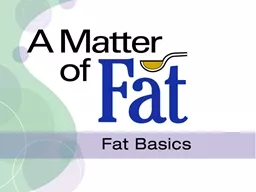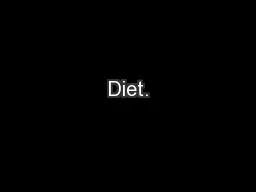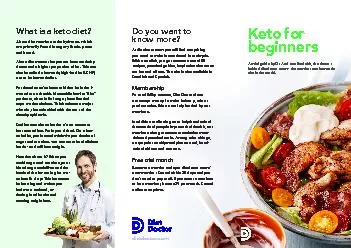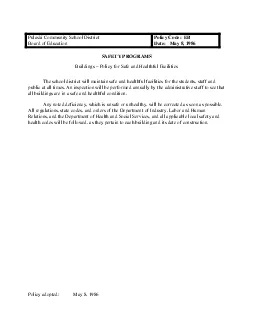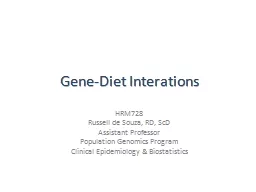PDF-Fat Diet a More Healthful Diet? Lesson Idea
Author : tawny-fly | Published Date : 2016-04-22
Why Is a Low Saturated 0bjectives Recognize that healthful food choices can enhance body composition and self concept Recognize the contributions that healthful
Presentation Embed Code
Download Presentation
Download Presentation The PPT/PDF document "Fat Diet a More Healthful Diet? Lesson I..." is the property of its rightful owner. Permission is granted to download and print the materials on this website for personal, non-commercial use only, and to display it on your personal computer provided you do not modify the materials and that you retain all copyright notices contained in the materials. By downloading content from our website, you accept the terms of this agreement.
Fat Diet a More Healthful Diet? Lesson Idea: Transcript
Download Rules Of Document
"Fat Diet a More Healthful Diet? Lesson Idea"The content belongs to its owner. You may download and print it for personal use, without modification, and keep all copyright notices. By downloading, you agree to these terms.
Related Documents

